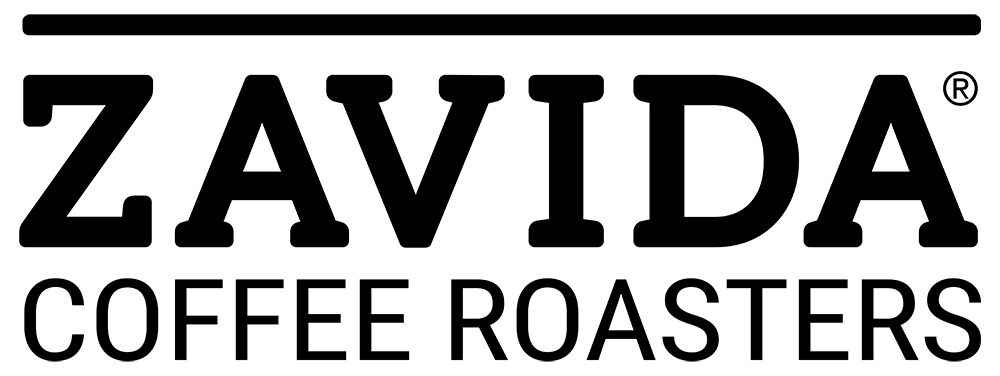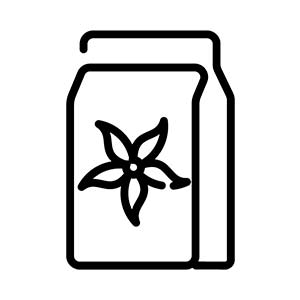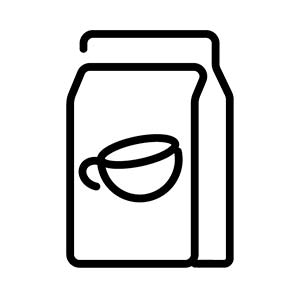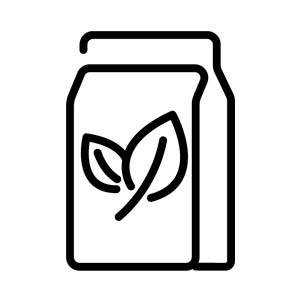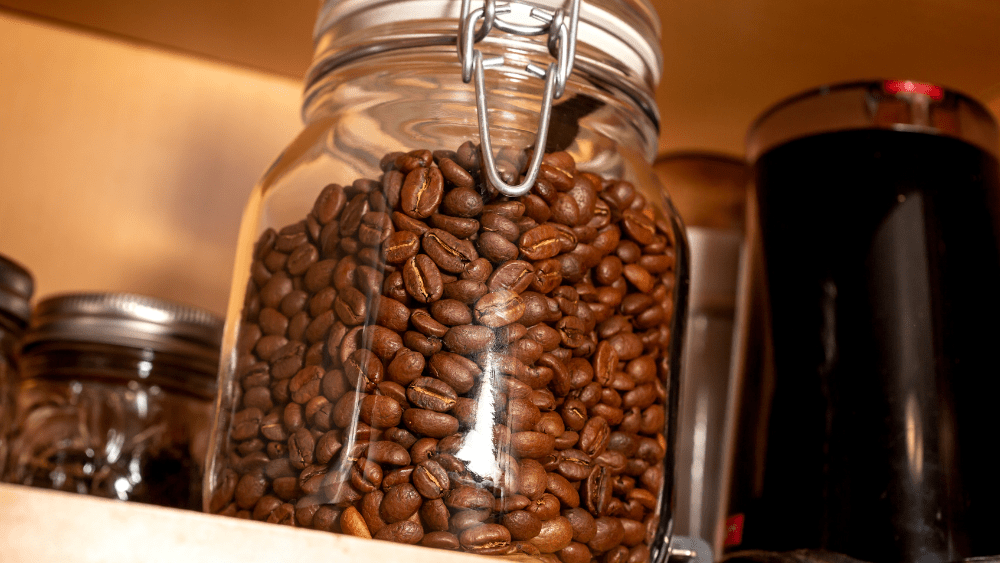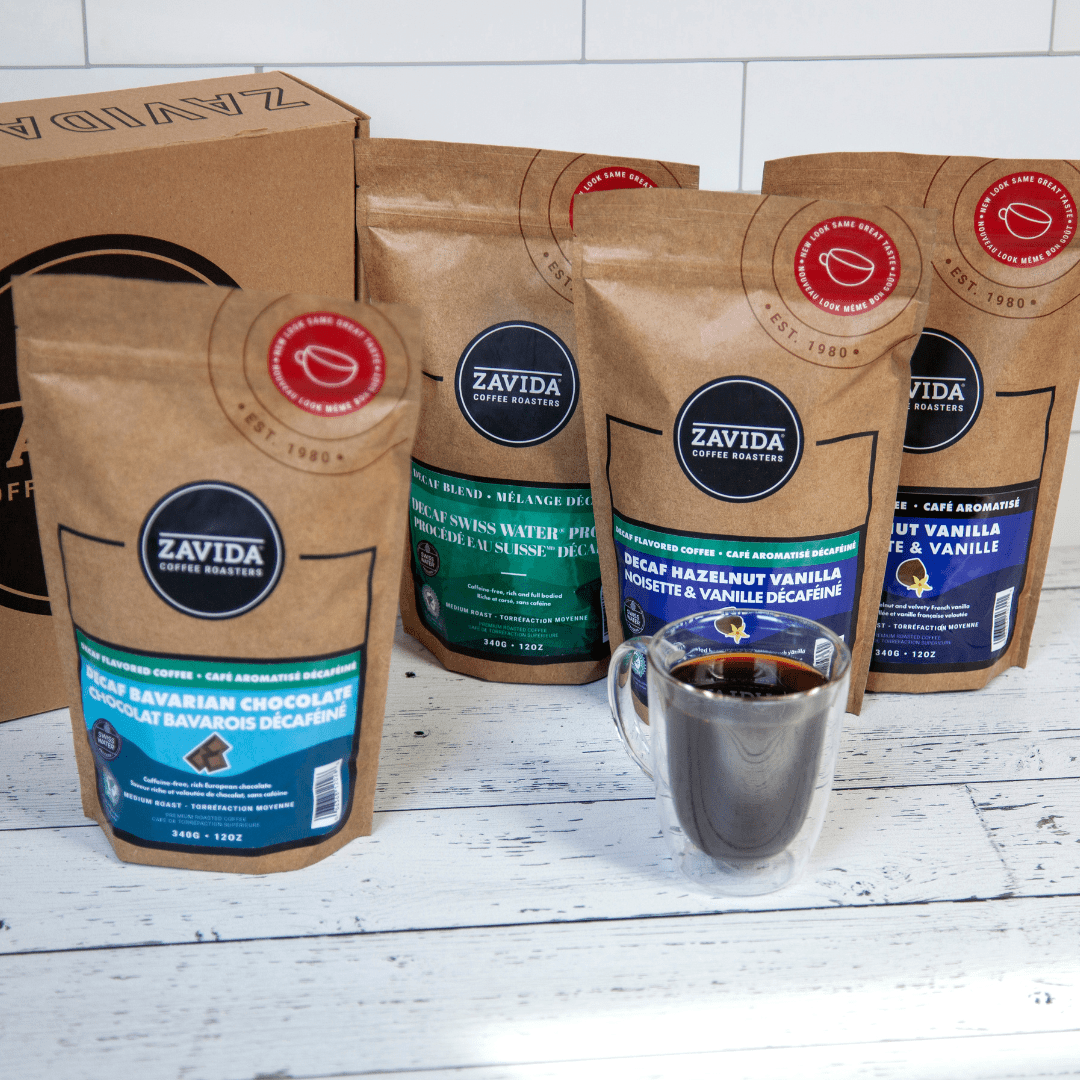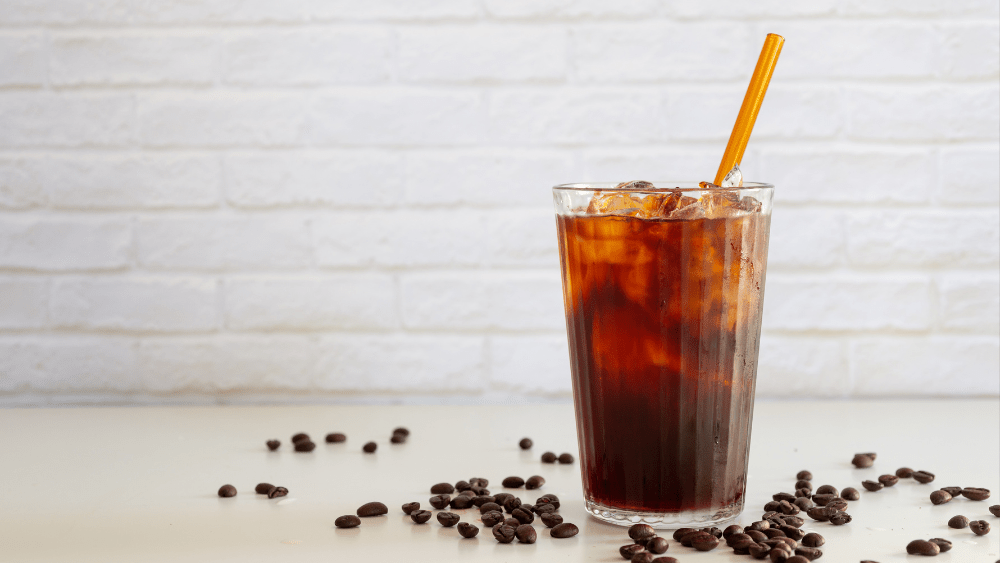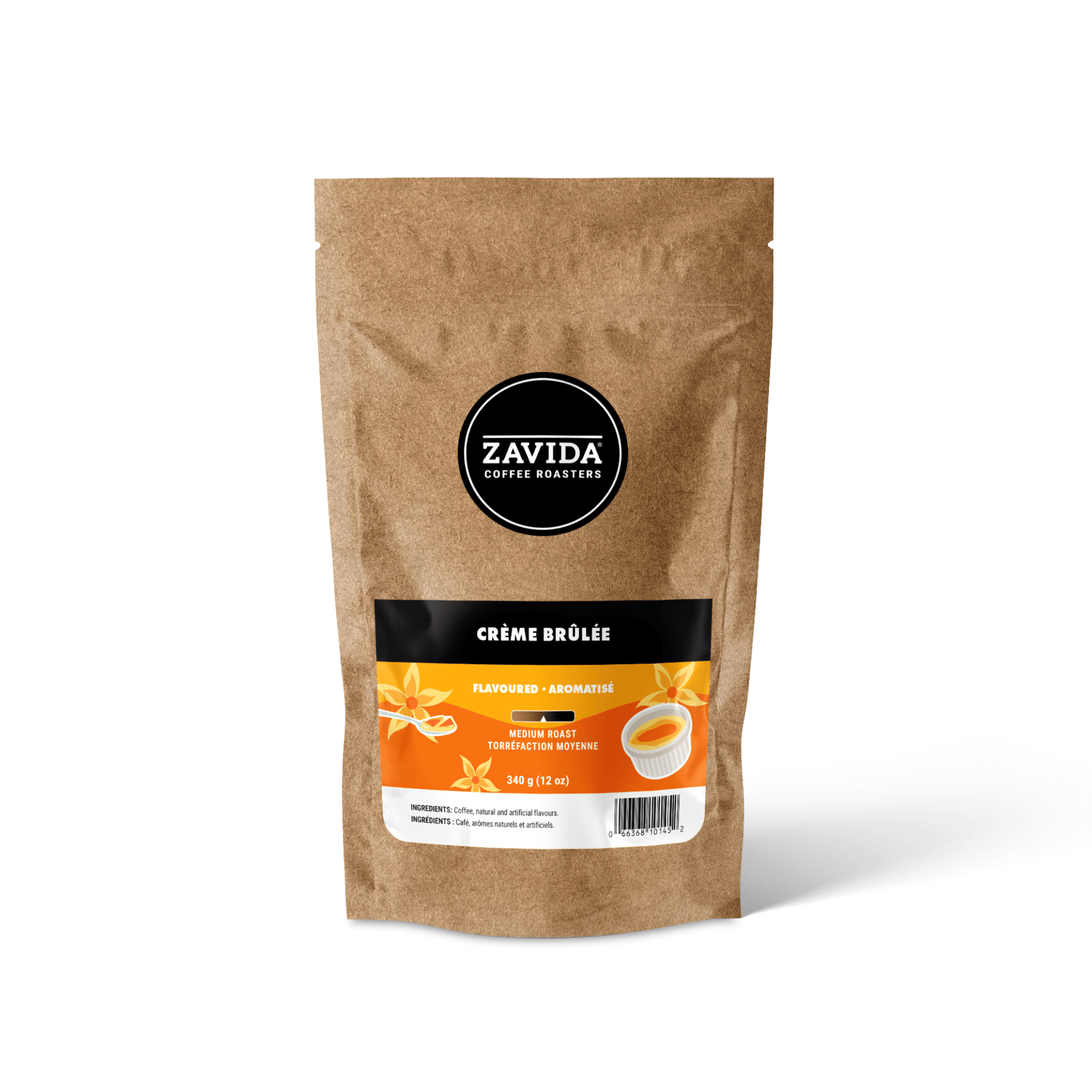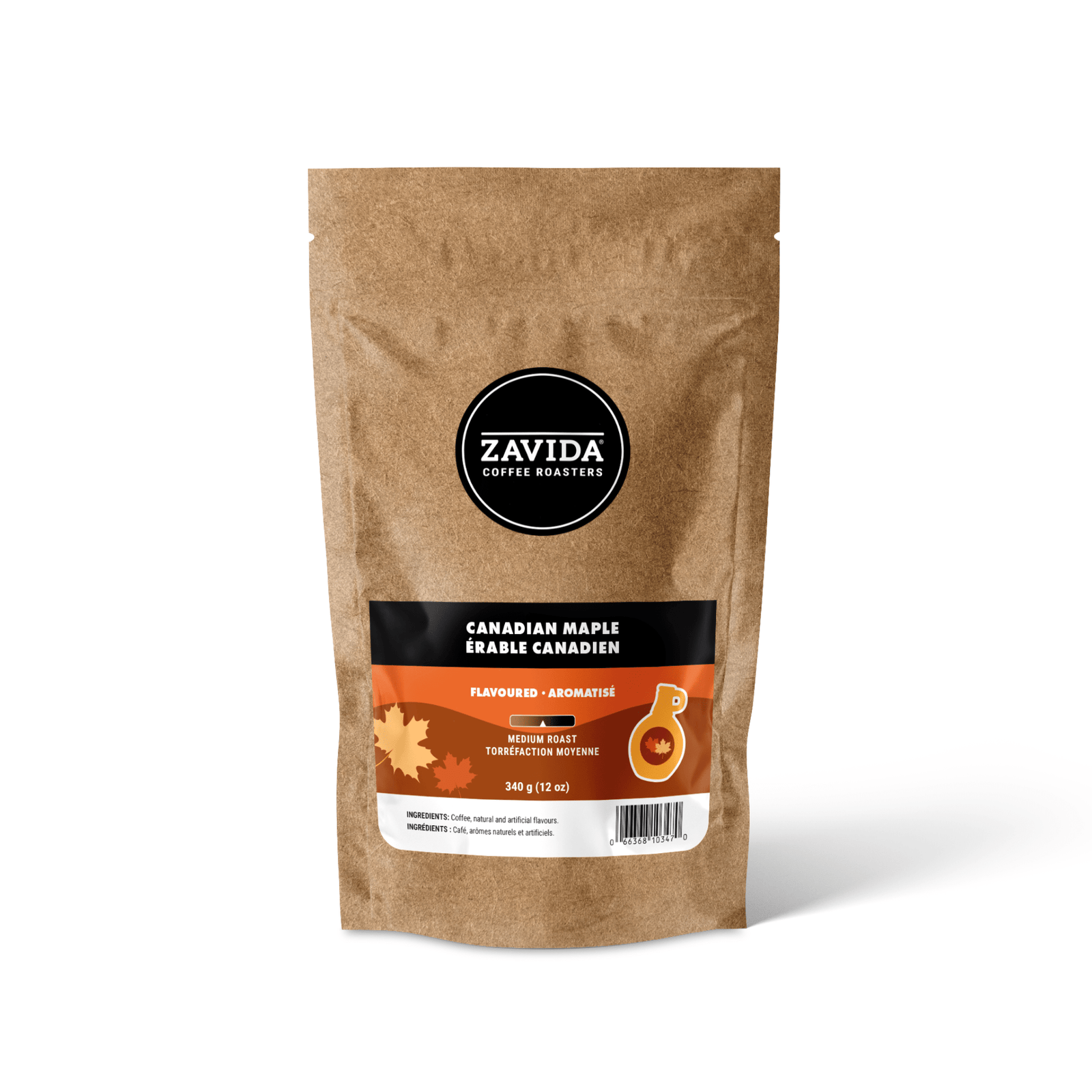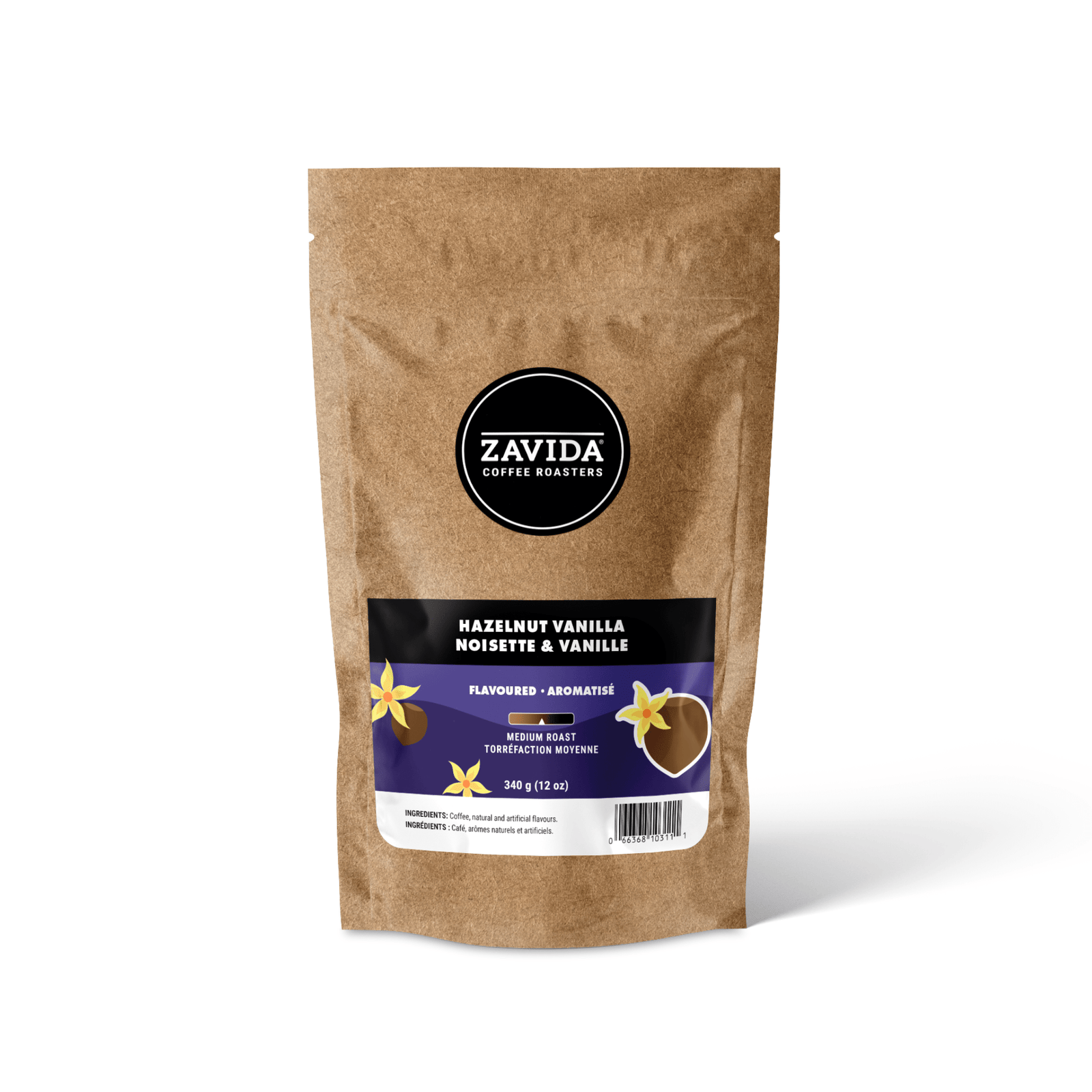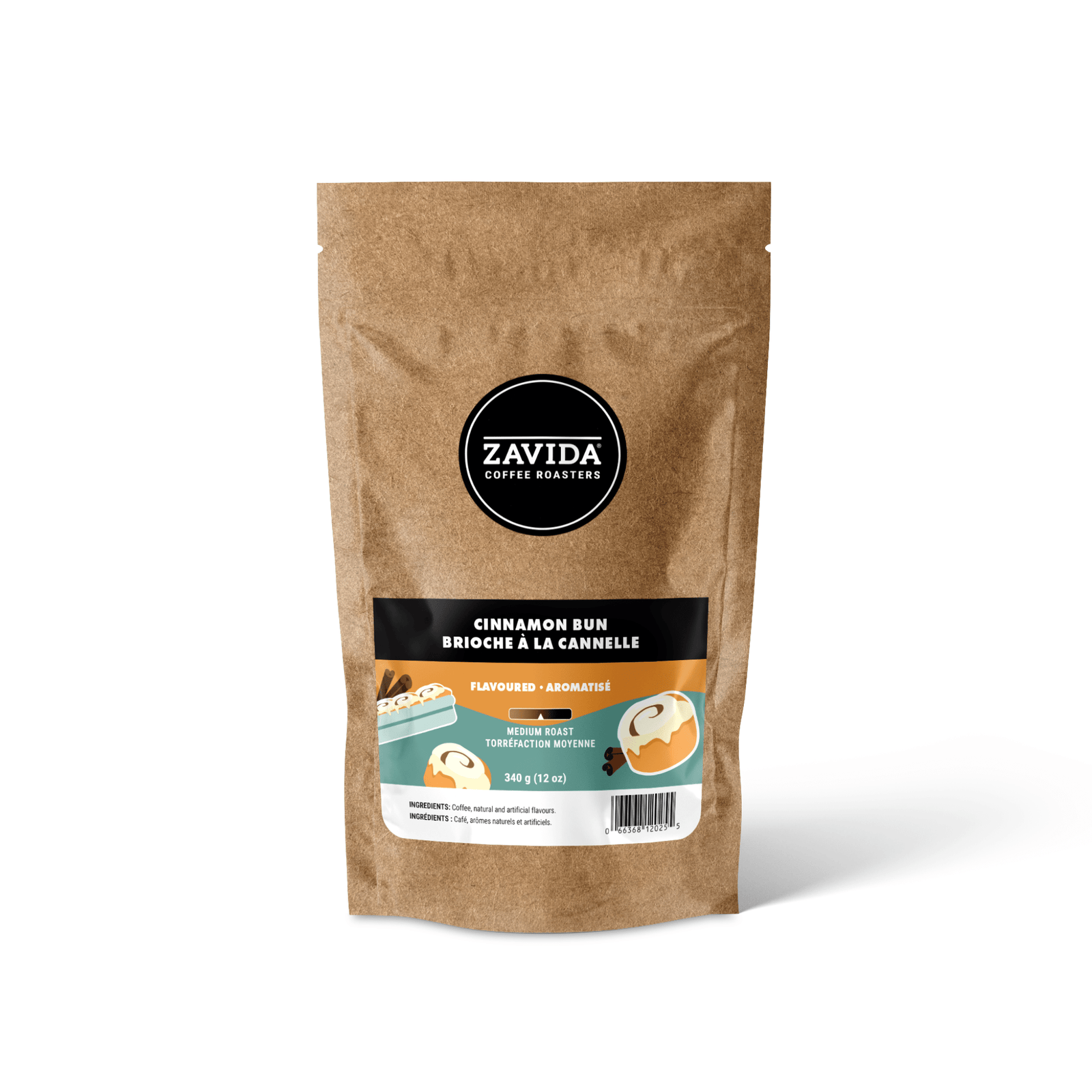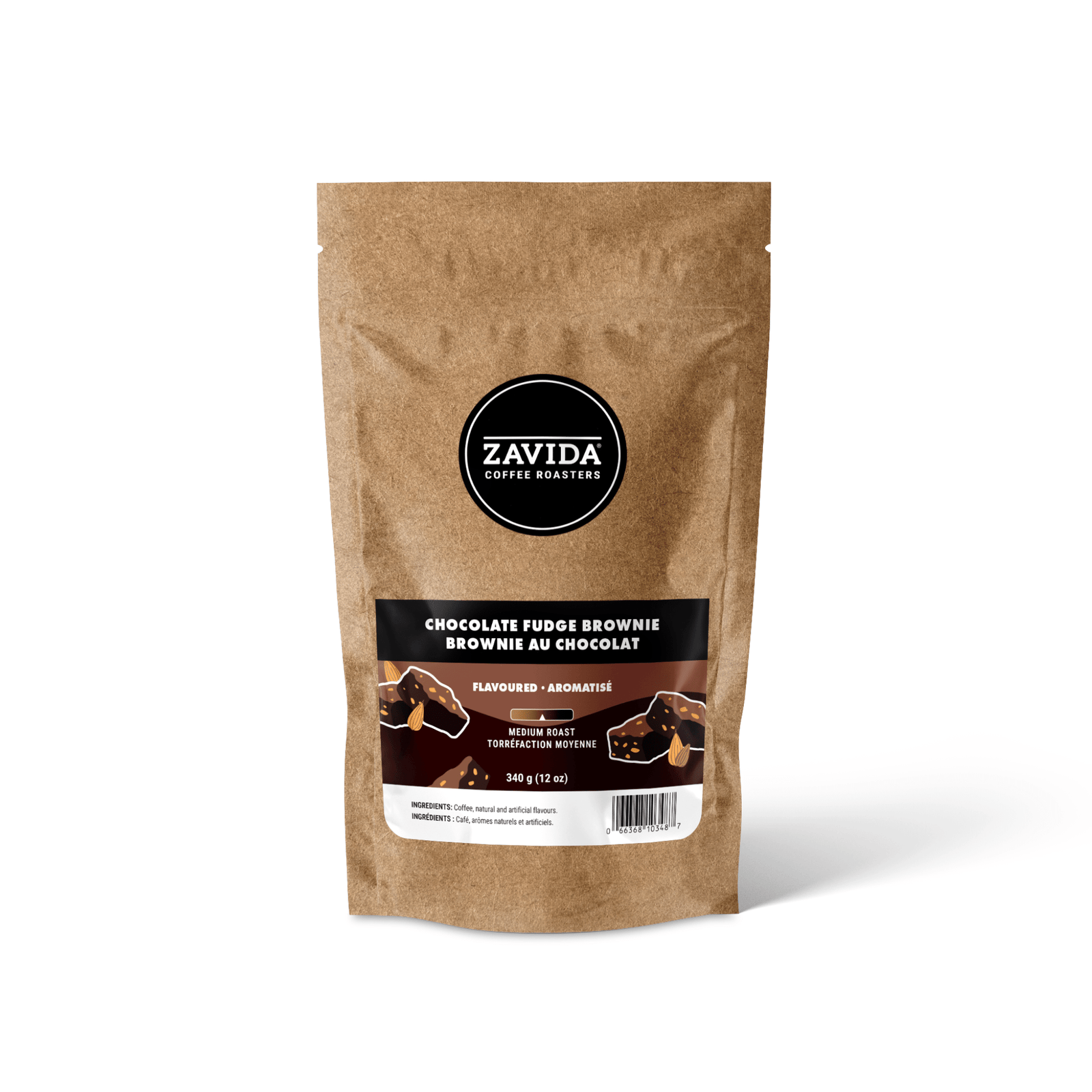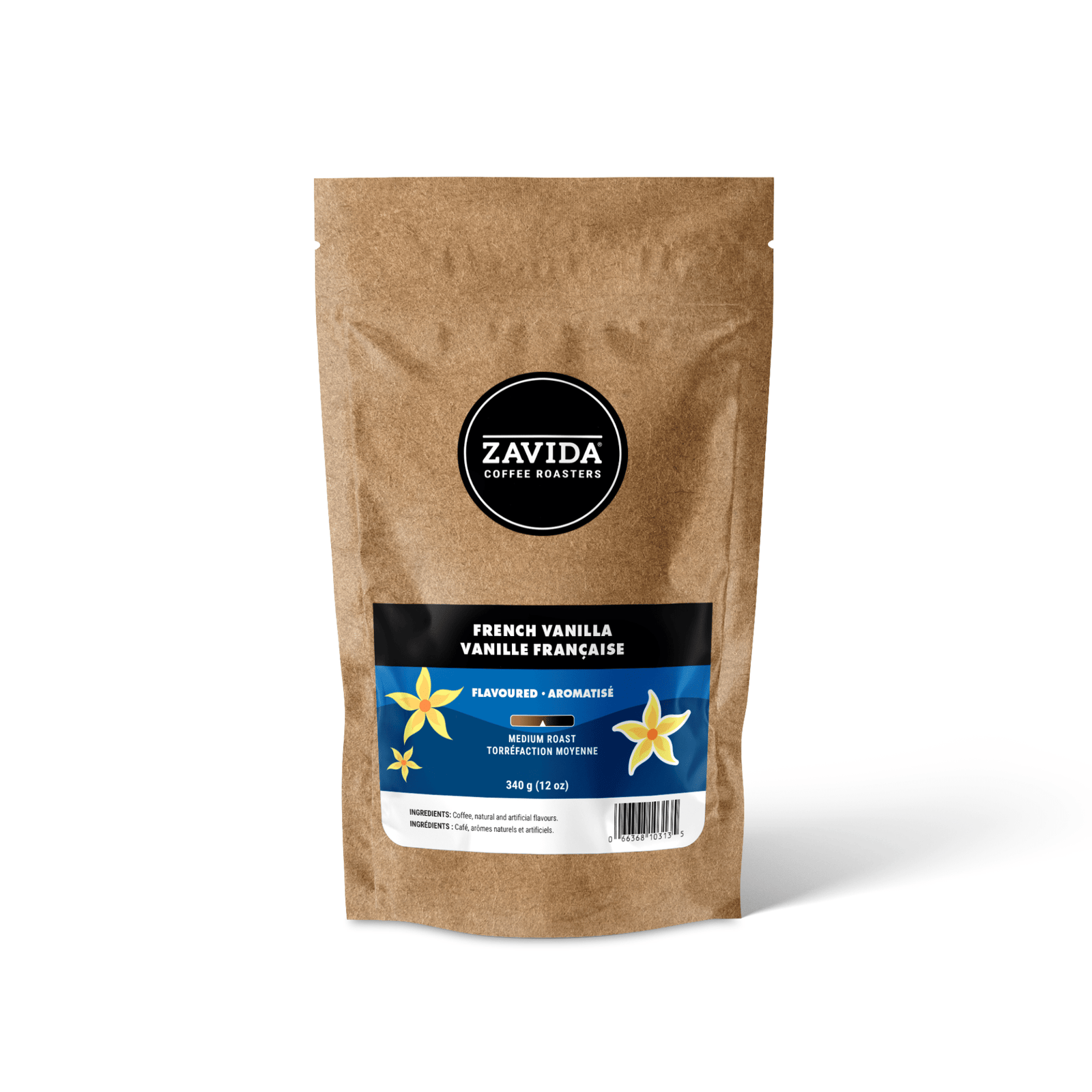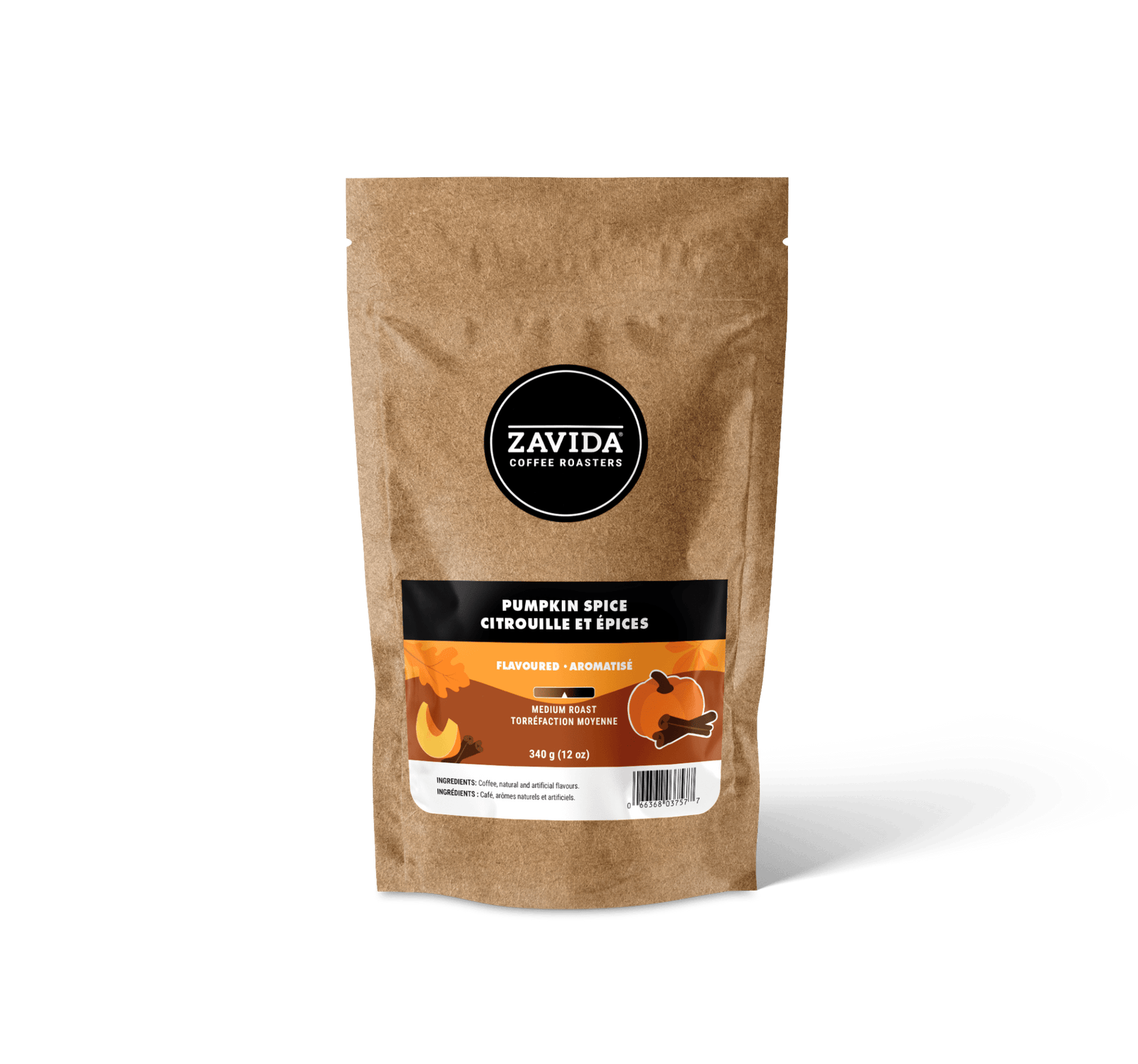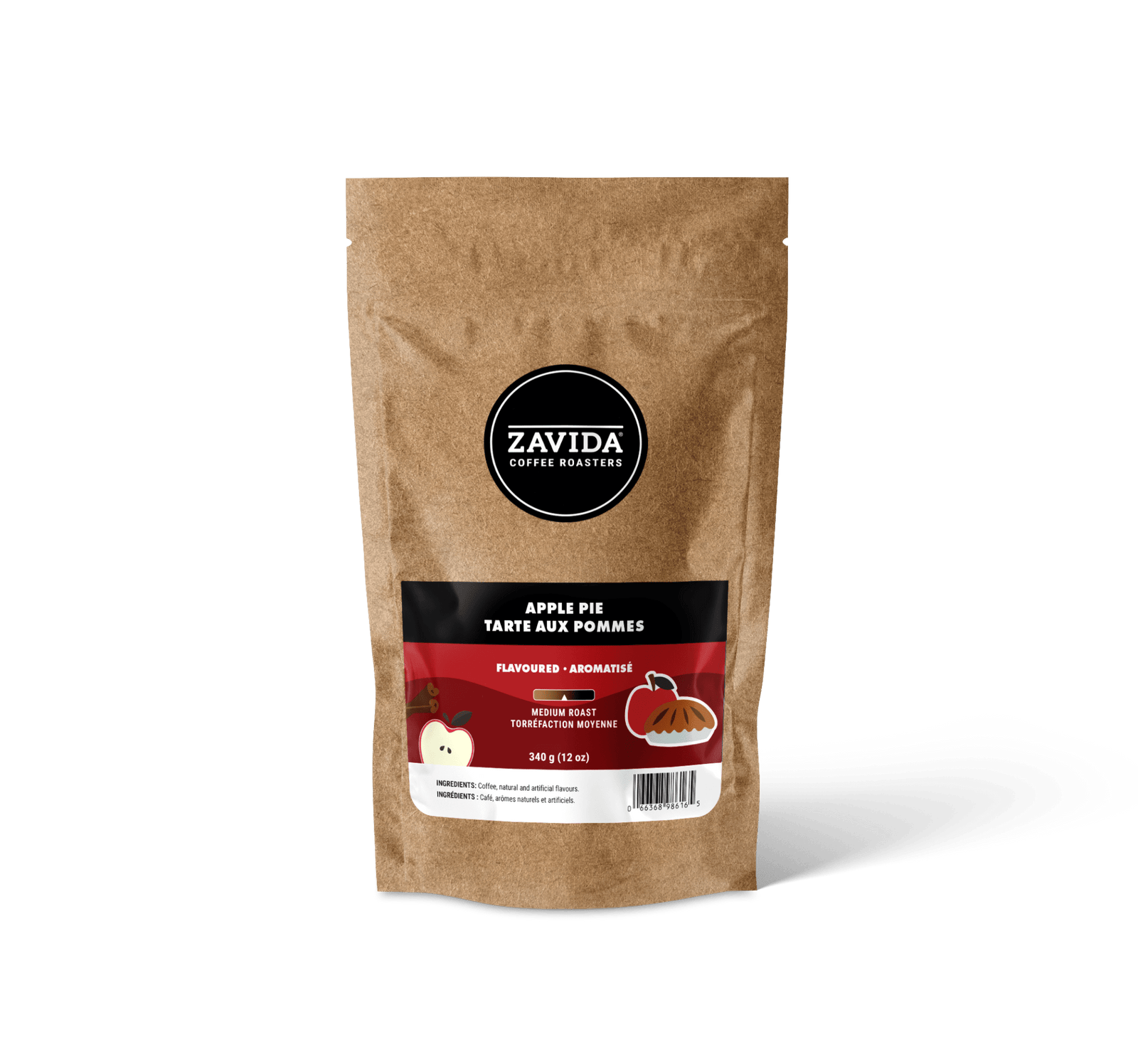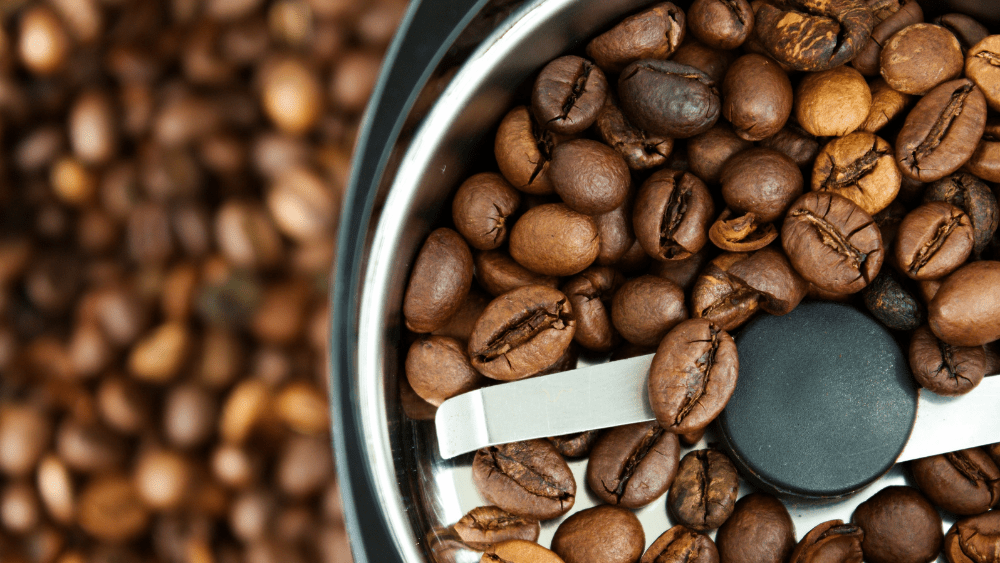
There are so many different coffee types and coffee grind types that we naturally had to write a blog about it! Not to be confused with the forbidden dance, grinding is the act of turning your fresh roasted coffee beans into a powdery-like substance that is ready to brew for maximum flavour.
With so many people asking "What is the right grind type for my coffee brewer?" We felt it was about time to set the record straight and give you an in-depth explanation. Going from whole bean to superfine – here's a look at all levels of ground gourmet coffee:
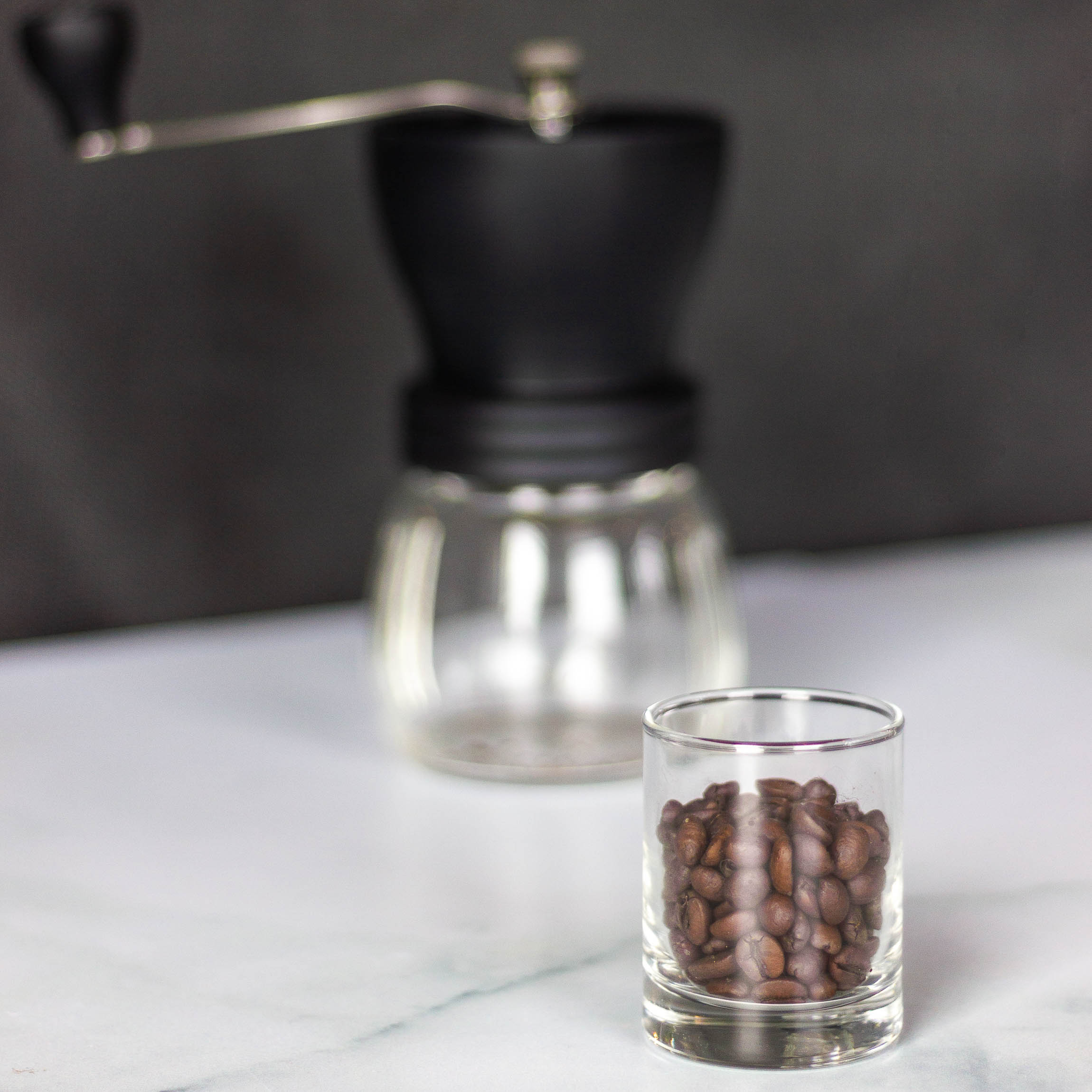
WHOLE BEAN
We recommend you purchase your coffee in whole bean format, because grinding your own whole bean coffee ensures you brew the freshest pot of coffee around. Why, you ask? Simply because the moment you grind a coffee bean, the surface area expands monumentally exposing the fresh grounds to fresh air – and oxygen is the enemy of fresh coffee.
Keeping the coffee bean whole until you are ready to brew your coffee has many benefits. As mentioned, less surface area is exposed to air and your coffee will keep its flavour and stay fresh longer, depending on how you store it. It’s also very versatile, because if you grind your own coffee you can experiment with different grind types and brew methods! Plus, when you purchase your beans online, you have access to coffee at its peak freshness, straight from the roaster!
COARSE GRIND / PERCOLATOR / FRENCH PRESS
Looking like large grounds of sea salt, coarse coffee is ground mainly for percolators and French presses. This allows for a special brewing method where the coffee sits in hot water and is removed through a screen mesh, as opposed to being sprinkled on by the head of a conventional brewer. A finer grind of coffee, when soaking in water, over-extraction would occur. A coarse grind will infuse at a slower rate and your brewed coffee will have a clear flavour - plus you won’t find grinds in your cup!
AUTO DRIP/FLAT BOTTOM FILTER/EKOBREW® ELITE
This grind type is finer than coarse, yet still very grainy and feels like rough sand. It is perfect for flat bottom filter coffee brewers and vacuum pots. We have found the new stainless steel Ekobrew Elite to perform the best with this type of grind, although our standard All Purpose / Drip Grind is also very good.

ALL PURPOSE/DRIP GRIND/KEURIG® MY K-CUP
For most coffee regulars who just want a good brew, this is the grind type we recommend. This is also the only grind type available online on our website, since it covers a multitude of different brewing methods. Sitting in the middle of the grind type spectrum, this coffee is evenly granular, more along the lines of table salt and can be used in either flat bottom or cone filters. We have also verified it to be best suited for all reusable k-cups like the My K-Cup ®, Solofill® and Ekobrew® brands used in most Keurig coffee brewers.
FINE/CONE FILTER/KEURIG® MY K-CUP (STRONG)
Extensively tested in our kitchens, fine ground coffee is a tad smoother than white sugar and perfect for cone coffee makers. It is also great for the reusable My K-Cup ® if you are looking for a stronger type brew. We do not recommend this grind type for the other reusable single serve cups as it can lead to a restricted water flow.
ESPRESSO
Espresso grind is very fine, yet you should still be able to feel small coffee grains. This grind is also very important as when brewing espresso, small changes in grind type are amplified more so than any other type of brew and going too fine may even clog your portafilter. When making espresso, the coffee grinds are exposed to water for a very short time – therefore a very fine grind is ideal.
TURKISH
Right next to Jessica Alba, this grind type holds the superfine title :) It is completely powder-like with no grains whatsoever and is primarily used in Ibiks or Cezves. What is so unique about Turkish coffee is that the coffee grounds stay in the water, even when the coffee is poured into a cup. The fine grinds settle at the bottom, and this produces a very strong coffee – therefore the cups are so small!
CHECK OUT OUR GRIND CHART!
Want to know how to make the perfect cup of coffee, based on brew method? Continue reading or save our grind chart as a handy reference.
Aeropress – Requires a fine grind. Brew 1.25 tablespoons (19 g) of coffee with 8 oz of water. Makes one 8 oz cup of coffee.
Pour Over– Requires a medium fine grind. Brew 1.75 tablespoons (26 g) of coffee with 12 oz of water. Makes one 12 oz cup of coffee.
Chemex– Requires all-purpose grind. Brew 3.75 tablespoons (56 g) of coffee with 25 oz of water. Makes two 12 oz cups of coffee.
Coffee Maker – Requires all-purpose grind. Brew 4.25 tablespoons (64 g) of coffee with 36 oz of water. Makes three 12 oz cups of coffee.
French Press – Requires a coarse grind. Brew 4 tablespoons (60 g) of coffee with 33 oz of water. Makes just over two 12 oz cups of coffee.
My K-Cup® (lower line) – Requires all-purpose grind. Brew 0.6 tablespoon (8.5 g) of coffee with 6 oz of water. Makes one 6 oz cup of coffee.
My K-Cup® (upper line) – Requires all-purpose grind. Brew 1 tablespoon (14 g) of coffee with 10 oz of water. Makes one 10 oz cup of coffee.

FINAL THOUGHTS
You can be creative when it comes to brewing coffee! Purchasing your coffee in whole bean format allows you to stay flexible. Go ahead and try different grind levels and experiment with different manual and mechanical coffee brewing methods. All you need is a coffee you love, a grinder, and you’re set to go!
